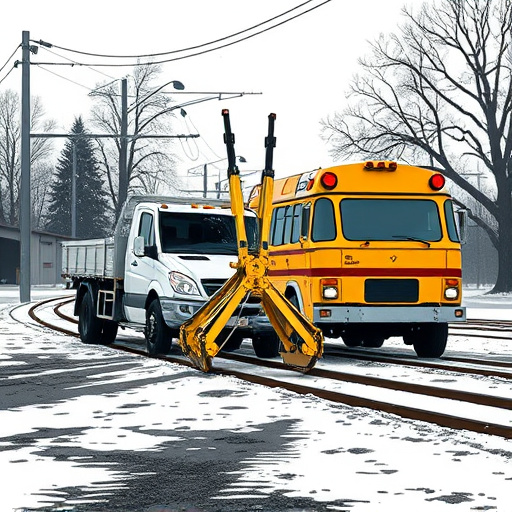A claims documentation service is essential for auto repair shops and collision centers, simplifying claim processes by organizing evidence, expediting settlements, and enhancing customer satisfaction. Accuracy is paramount to avoid errors that cause delays; proactive quality control ensures high standards in detail recording. Robust verification strategies using advanced technology and digital management improve accuracy, operations efficiency, and service quality in competitive markets.
In today’s complex business landscape, ensuring the accuracy of a claims documentation service is paramount. This meticulous process plays a pivotal role in safeguarding financial interests and maintaining operational integrity. Understanding the intricacies of claims documentation and implementing robust verification strategies are essential steps towards minimizing errors and maximizing efficiency. By uncovering common pitfalls, organizations can fortify their processes, fostering trust and reliability in their claims documentation service.
- Understanding Claims Documentation Service Role
- Uncovering Common Errors in Documentation
- Implementing Effective Verification Strategies
Understanding Claims Documentation Service Role

The claims documentation service plays a pivotal role in the auto industry, particularly within auto repair shops and collision repair centers. It acts as the bridge between customers and insurance providers, ensuring smooth and accurate handling of claims processes. This service is responsible for collecting, organizing, and presenting evidence related to vehicle damage, such as photographs, repair estimates, and work orders.
Accurate documentation is crucial as it facilitates faster claim settlements and reduces potential disputes. For instance, in the case of car paint services, detailed records help in tracking the history of repairs and ensuring the quality of work. This is especially important when dealing with complex cases or when a customer needs to make future claims related to previous repairs. Efficient claims documentation enhances customer satisfaction by providing transparency and ensuring their vehicles are restored to pre-incident condition.
Uncovering Common Errors in Documentation

Uncovering Common Errors in Documentation
In the realm of claims documentation services, accuracy is paramount to ensure fair and efficient processing of insurance claims, whether for vehicle restoration, auto body repairs, or car paint services. However, despite best efforts, errors can creep into the mix. Typographical mistakes, missing information, and inconsistent formatting are just a few examples of common pitfalls that can lead to delays and inaccuracies in claim assessments. These issues often arise due to rushed work, inadequate training, or outdated documentation processes.
Regular audits and quality control measures are essential to identify and rectify these errors proactively. By implementing robust checks and balances, claims documentation services can maintain high standards of accuracy, ensuring that every detail is meticulously recorded and communicated. This, in turn, facilitates smoother claim settlements for all parties involved, from insurance providers to policyholders seeking repairs for their vehicles.
Implementing Effective Verification Strategies

Implementing effective verification strategies is paramount when it comes to ensuring the accuracy and integrity of a claims documentation service. In the complex landscape of collision centers, automotive body shops, and tire services, where every detail matters, verifying information before processing claims can significantly reduce errors and streamline operations. This involves adopting meticulous data validation techniques, such as cross-referencing documents with original sources and employing advanced technology to automate the verification process.
By integrating these strategies, claims documentation service providers can foster a culture of precision and accountability. For instance, utilizing digital systems for document storage and retrieval allows for quick comparisons between submitted paperwork and genuine records, minimizing the risk of falsification or alteration. Moreover, implementing real-time data checks with external databases ensures that information remains current and accurate, preventing outdated or incorrect details from impacting claim outcomes.
Accurate claims documentation is vital for any business, ensuring smooth operations and client satisfaction. By understanding the critical role of a claims documentation service, identifying common errors, and implementing robust verification strategies, organizations can significantly reduce risks and improve overall efficiency. Verifying the integrity of your claims documentation is an essential step in maintaining a competitive edge in today’s market.














